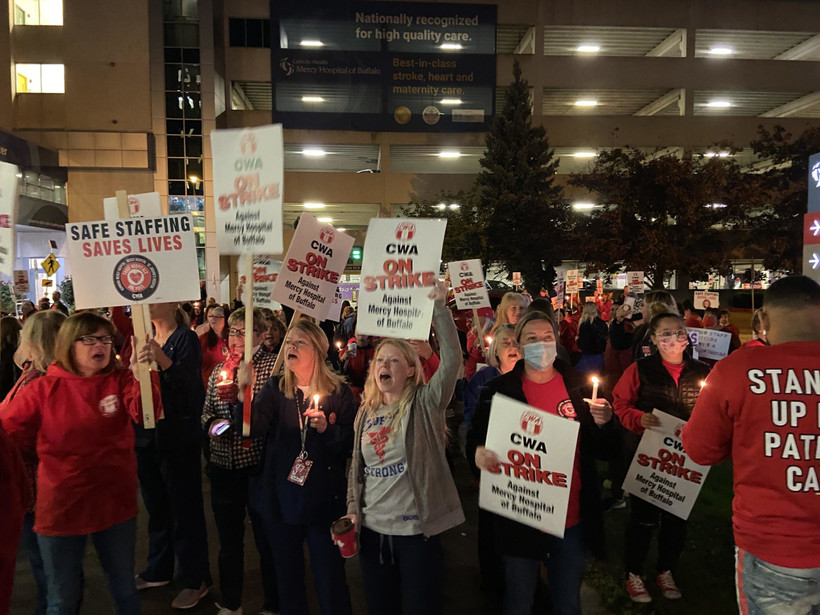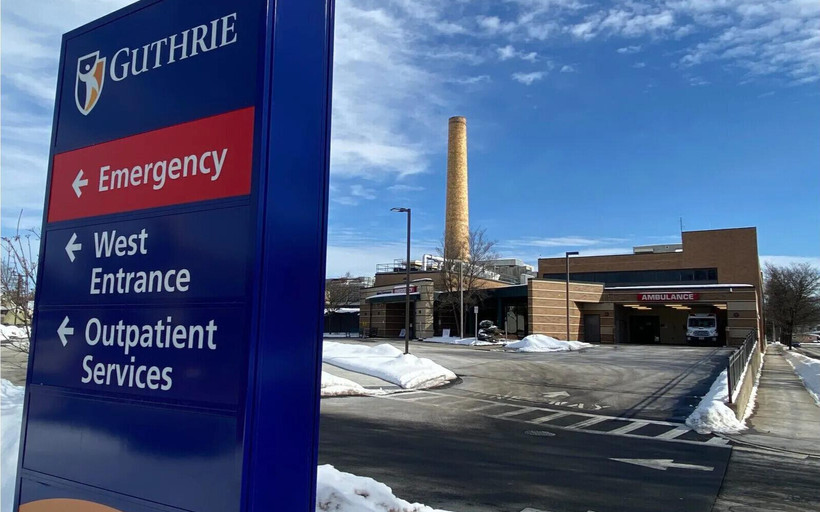Buffalo Nurses’ Successful Strike Highlights Union Divide and Doubts over New Staffing Law
The union’s focus on direct action reflects skepticism that an incoming staffing law will significantly increase staffing ratios.


Before Kathy Hochul paused it, the tolling program lost the little labor support it had when the Transport Workers Union withdrew its backing this spring.
More counties are turning to private corporations to run medical care in jails. The companies have deadly track records.
Rebecca Lamorte was let go by her employer in June, prompting the Assembly Speaker to place an upset call to her boss.
Medicare Advantage plans are spreading across upstate New York, despite a reputation for denying care. In Cortland County, retirees kept it at bay.
In rural school districts where doctors are hard to find, in-school telehealth services seemed like a good solution. Then New York state stopped funding them.
Hochul’s proposed Medicaid cuts include $125 million from Health Homes, a program that connects the neediest New Yorkers with medical care, food assistance, and more.
No state pursues workers for overpaid unemployment benefits as aggressively as New York. A proposed reform is colliding with New York’s own repayment problem.
New Yorkers for Local Businesses has spent half a million dollars trying to kill a bill to help workers recover stolen wages. Almost all its backers appear to own McDonald’s franchises.
In New York, unemployment recipients can be found guilty of fraud even if they thought their information was true. The state demands repayment at the highest rate in the country.


